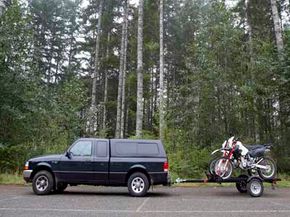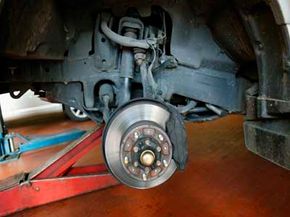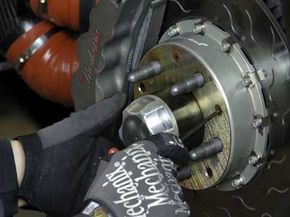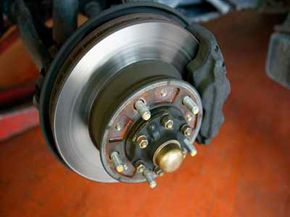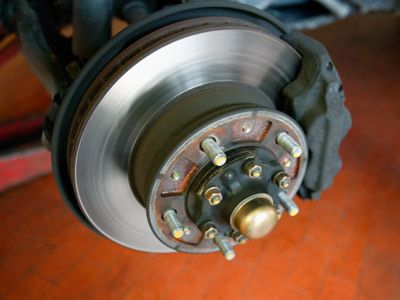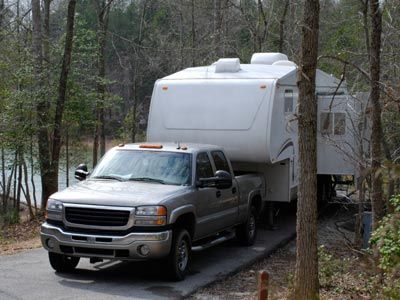A trailer can't go too far without its wheels. In theory, you could hitch a wheel-free platform to the back of a truck and drag it along behind you, but you probably wouldn't risk anything valuable like a boat on top of it. Fortunately, trailers come equipped with a set of wheels, so they roll along with our vehicles like oversized cargo holds.
Trailer wheel hubs play an integral role in keeping trailers rolling along. The trailer wheel hub assembly connects the trailer tires to the trailer axle and facilitates their spin. If those wheel hubs corrode or aren't installed properly, it will throw the trailer tires out of alignment and could lead to serious damage of your vehicle, trailer and whatever you're toting around. If, for instance, you're towing your dinghy to the lake for a weekend getaway, that fist-sized collection of hardware in a wheel hub can make the difference between relaxing on the water and spending hours making repairs.
Advertisement
Because the wheel hubs influence the overall performance of your trailer, routine maintenance is imperative. Depending on the size of your trailer wheels and the frequency of use, you should remove and, if necessary, replace parts in the trailer hub assembly at least once per year. Some towing experts recommend doing so every 10,000 miles (16,093 kilometers). For trailers with smaller wheels that must rotate more often, it may be wise to check the hubs as much as every 2,000 miles (3,218 kilometers) [source: Siuru].
Fiddling with your trailer wheel hubs may sound like a tall order, but a little learning can go a long way to extend the life of your towing trailer. First up, we'll take apart the trailer wheel hub assembly to understand exactly what parts we're working with.
Advertisement
